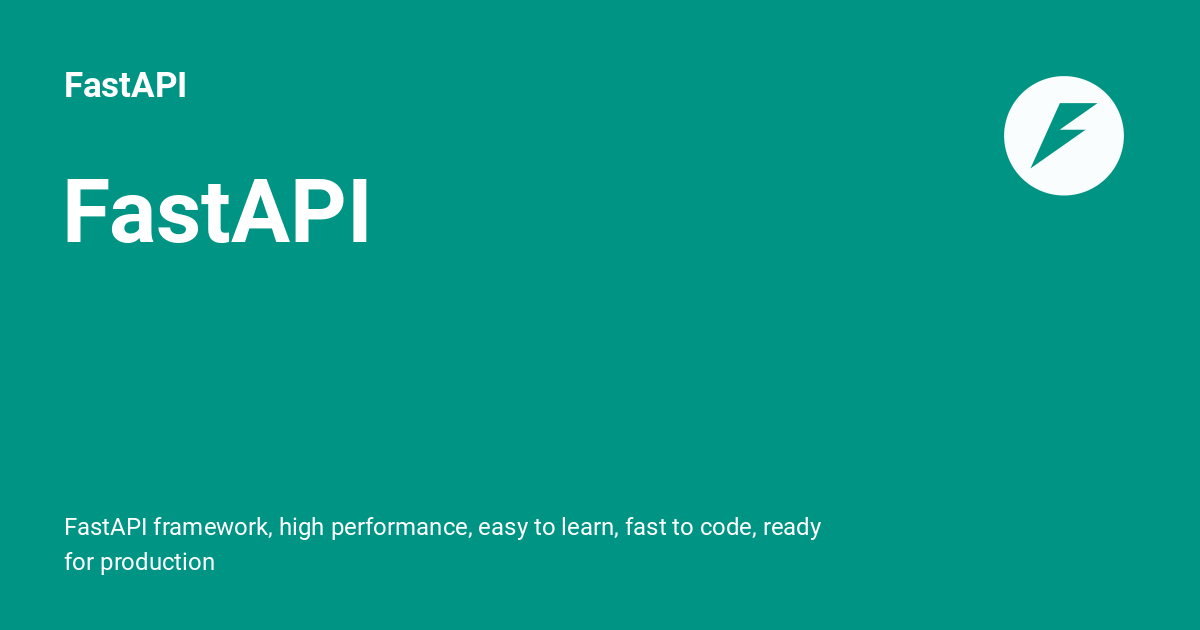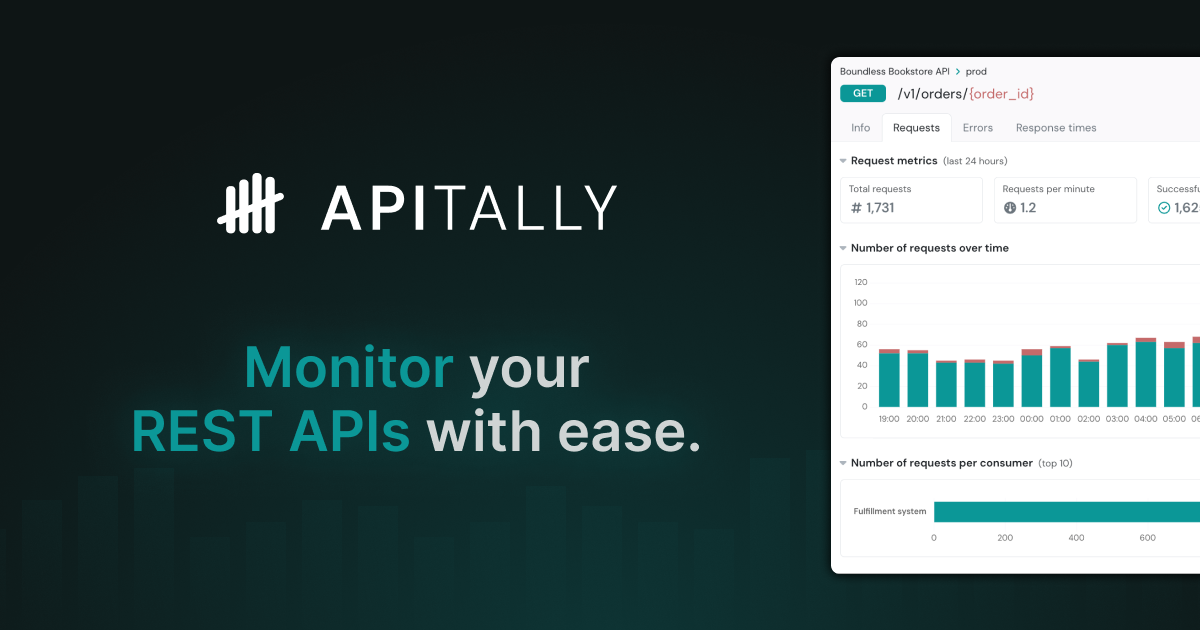In today's digital world, creating and keeping up effective APIs is really important for the success of web applications.
FastAPI has become a favorite among developers because of its high speed and easy-to-use design when building APIs.
Working together with FastAPI is Apitally, a tool that makes monitoring and analyzing APIs easier. Apitally gives detailed information about API usage, performance, and health without risking data privacy or application speed.
This combination of FastAPI and Apitally helps developers to create, use, and monitor APIs more efficiently and confidently, making sure they work well and reliably in real-world situations.
Introduction to FastAPI

FastAPI is a quick, and efficient web framework used for creating APIs with Python 3.7+. It's built on standard Python type hints and is designed to be both easy to use and strong.
FastAPI focuses a lot on performance and making developers more productive.
Here are some of its features:
- Speed: FastAPI is as fast as NodeJS and Go because it can do multiple tasks at once (asynchronous). This is possible because of Starlette and Pydantic.
- Ease of Use: FastAPI is simple and easy to understand, making it quick to learn and use.
- Documentation: FastAPI automatically creates interactive API documentation for you.
- Validation: FastAPI automatically checks the data you enter based on the types you've set. This makes sure that only the correct data is used.
What is Apitally?

Apitally is a simple and budget-friendly tool made for keeping an eye on REST APIs. It gives you detailed information and analytics while keeping your data private and making sure everything runs smoothly.
Apitally works with many web frameworks, including FastAPI, and helps developers understand how their API is being used, check its performance, and get notified about any problems.
Here are some of the key features of Apitally:
- API Traffic Monitoring: Apitally keeps track of API requests, errors, the size of the data being sent, and how long it takes to get a response.
- Uptime Monitoring & Alerting: It checks if your API is running and sends you an immediate alert if there are any issues.
- Privacy: Apitally doesn't collect any sensitive data and doesn't affect how well your API works.
- Ease of Integration: It's easy to add Apitally to your project with just a few lines of code. You don't need to change how your API traffic works or install any extra software.
Get "Python's Magic Methods - Beyond __init__ and __str__"
Magic methods are not just syntactic sugar, they're powerful tools that can significantly improve the functionality and performance of your code. With this book, you'll learn how to use these tools correctly and unlock the full potential of Python.
Adding Apitally to a FastAPI App
To use Apitally with your FastAPI app, you need to install the Apitally client and add it to your FastAPI app as middleware.
Here's a quick guide. First, install it with pip:
pip install apitally[fastapi]
This assumes you have already installed FastAPI, of course.
Then add it as a middleware to a FastAPI app:
from fastapi import FastAPI
from apitally.fastapi import ApitallyMiddleware
app = FastAPI()
app.add_middleware(
ApitallyMiddleware,
client_id="your-client-id",
env="dev", # Change to "prod" for production environment
)
And that is it. That is all you need to do for your APIs to immediately be moniterd by Apitally.
Identifying Consumers
Let's now take a look at a more complete example.
As you can see from the previous code snippet you will need an Apitally ClientID key. Full setup instructions here.
In order to understand and analyze who is using your API in Apitally, you need to know where the API requests are coming from. This is called identifying the API consumers.
The way you identify the API consumers depends on your specific application and how you want to use it. If your application already has a way to confirm the identity of its users (for example, by requiring them to log in), it would make sense to use that confirmed identity (like the username) as the identifier for the API consumer. This way, you can see which user is making which API requests.
For this example, we will identify the user by it's IP address:
This article is for paid members only
To continue reading this article, upgrade your account to get full access.
Subscribe NowAlready have an account? Sign In

